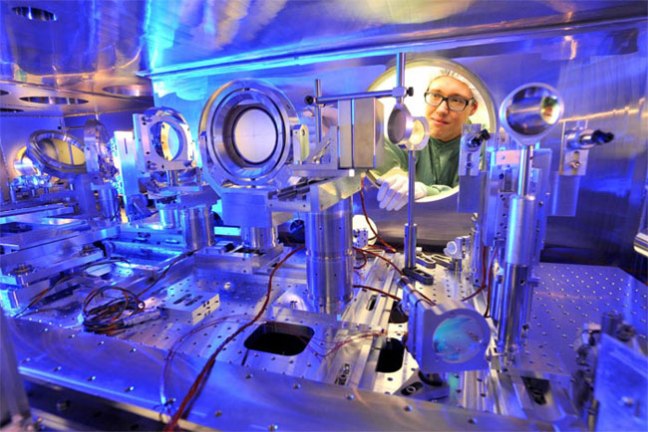Technology has transformed the way individuals conduct business by allowing small companies to level the playing arena with large organizations. In fact, small companies use an array of tech in order to develop competitive advantages in the economic marketplace emphasis Alan Oviatt.
Entrepreneurs can consider executing business technology in their forecasting process for efficient incorporation. This allows tycoons to improve operations and functions using the most operative technology available.
There are different technologies that are being used by every individual either as the marketer or as customers. And there is nothing wrong if you say that “Today World is Technology Driven”. Hence, whatever business you are in, technology is crucial for efficacy and success.
Here’s the impact of technology on a business environment:
• Impact on operating cost:
Businesses can use technology in order to reduce the operating cost. These days companies can sell their products or services online, means they do not need a brick and mortar storefront.
Furthermore, the cost of startup has dropped dramatically as every individual can launch a venture from home says, Alan Herbert Oviatt. Plus, the enterprise software allows businesses to automate back-office operations like accounting, record keeping and payroll.

• Impact on human resources:
Professionals have long forecasted technology will soon change many of the jobs done by humans. Today’s students are stimulated to get ready for technology-based works like data analysis, computer programming etc.
Technology has also changed employing process, with the internet permitting employees to do their job from home or another remote location. This will benefit businesses by giving them access to the global talent pool. And allow them hiring specialized, knowledgeable employees at an affordable price.
• Impact on productivity:
Implementing different technologies increases the employee’s productivity. Computer programs and business software let workforces to process more information than the manual method. Moreover, the businesspersons can also implement technology to lessen the amount of human employment in corporate functions.
This allows businesses to evade disbursing labor costs along with employee profits, Alan Herbert Oviatt says. Tycoons may enlarge operations using technology rather than workforces if the technology will offer good construction output.
• Impact on customer outreach:
Because of social media and internet, it has become easier to reach a huge amount of customers. Small business owners can use social media platform and do-it-yourself website tool in order to increase the customer outreach.
• Impact the way of communicating:
Business technology helps businesses advance their communication processes. Emails, texting, websites and apps, for example, facilitate improved communication with patrons. Numerous types of communication technology let companies drench the financial market with their message. Furthermore, companies may accept more customer comment through existing electronic communication approaches.
Wrapping Up
Todays, technology is shaping the future. The technology continues to progress and impact the way industry leader hire, market, budget and defend their investments. Above are some of the ways by Alan Oviatt, how technology is impacting the business environment. The professional is a great analyst and creative writer with versatile skill set.
source: https://www.allperfectstories.com/impact-technology-business-environment/








